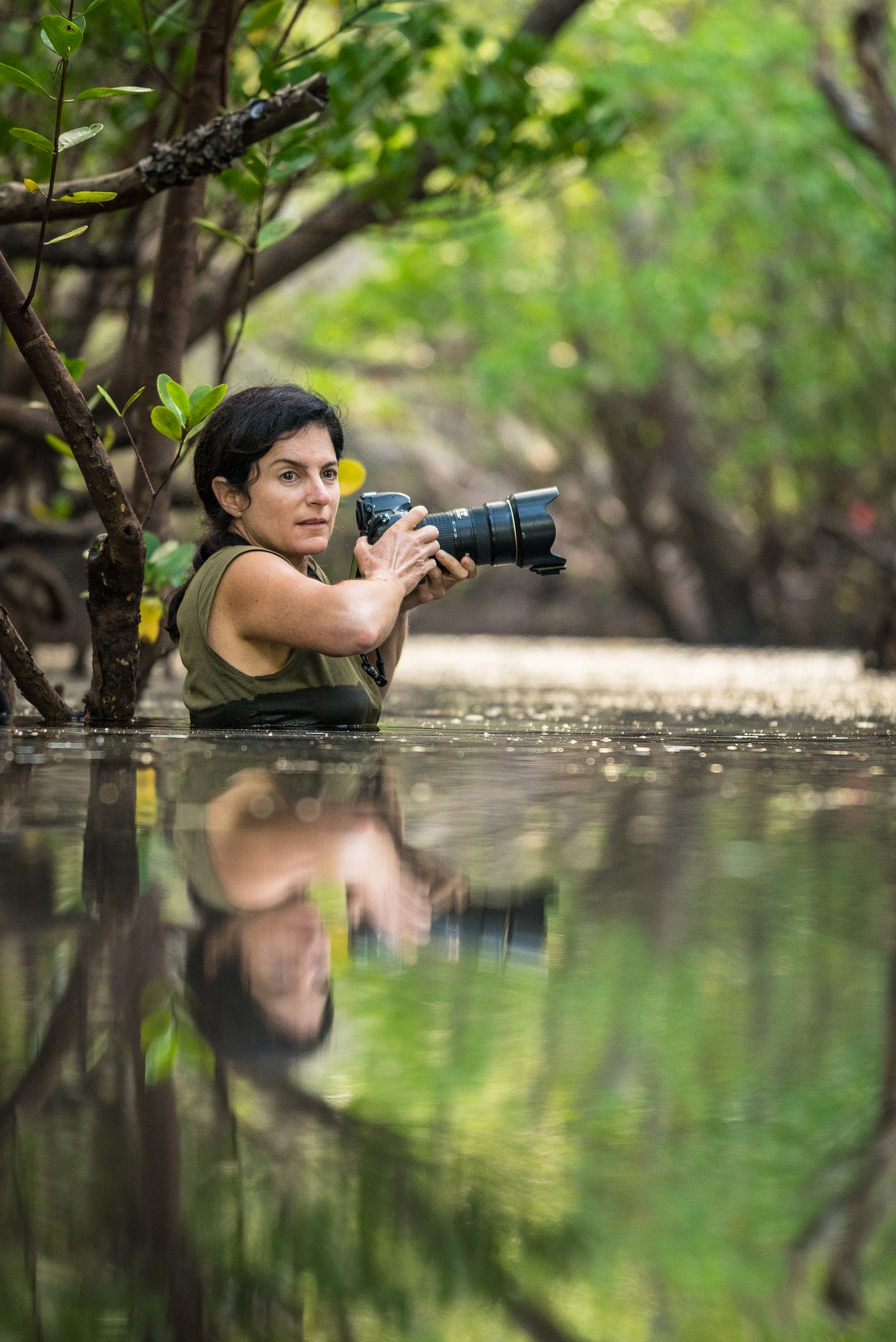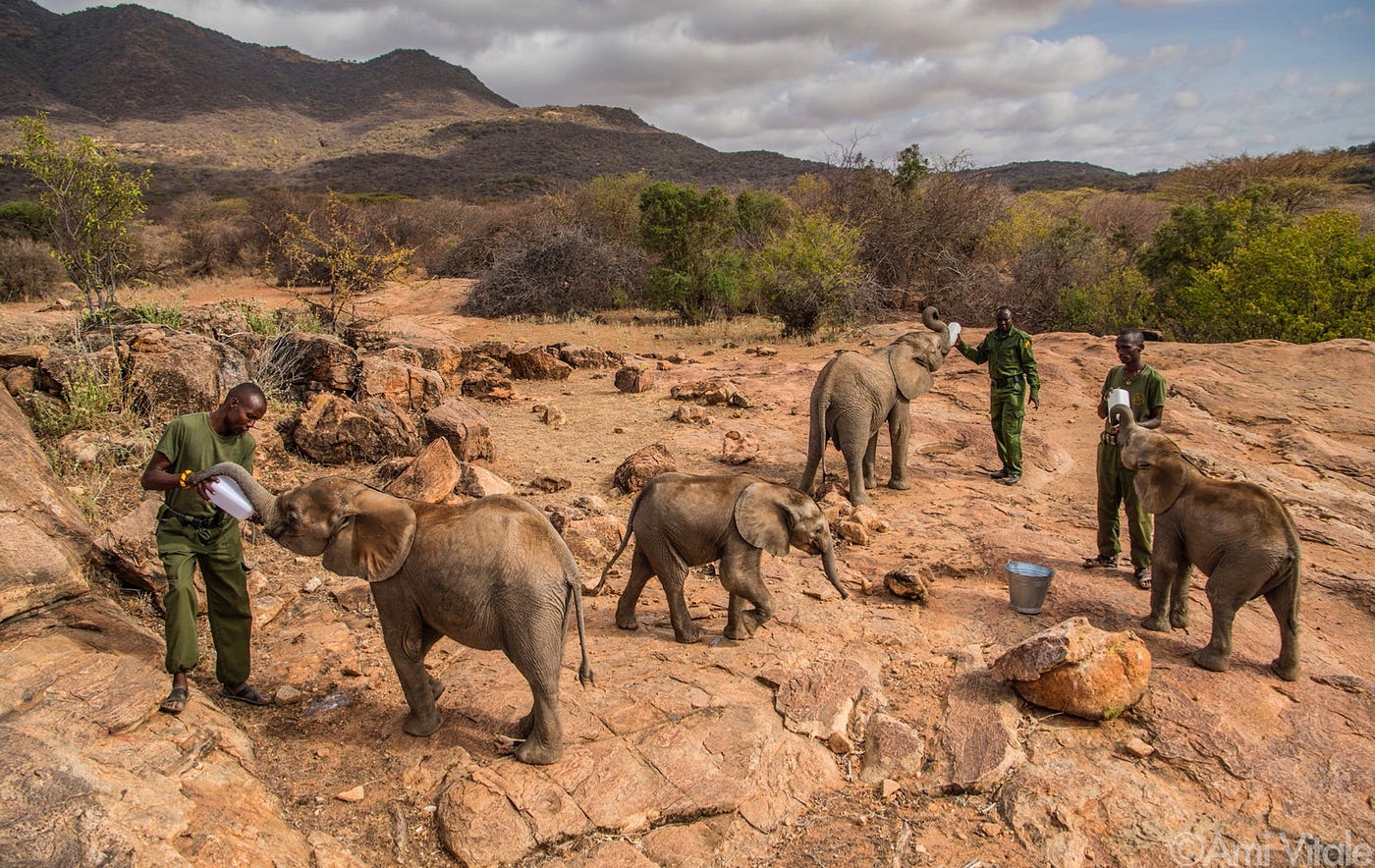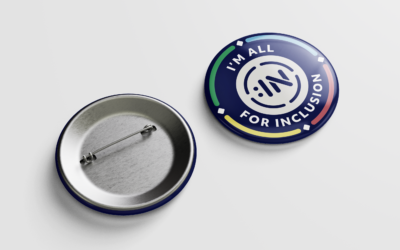Nikon Ambassador and National Geographic Magazine photographer, writer and filmmaker Ami Vitale has traveled to more than 100 countries, bearing witness not only to violence and conflict, but also to surreal beauty and the enduring power of the human spirit. Throughout the years, Ami has lived in mud huts and war zones, contracted malaria, and donned a panda suit — keeping true to her belief in the importance of “living the story.” In 2009, after shooting a powerful story on the transport and release of one the world’s last northern white rhinos, Ami shifted her focus to today’s most compelling wildlife and environmental stories.
As a filmmaker, Ami recently created Shaba, a short film about Reteti, the first indigenous owned and run sanctuary for orphaned elephants to rehabilitate them back to the wild.
We spoke with Ami to learn about her philosophy on photography and her top tips for capturing moments when traveling.

Hi Ami! Tell us a little about yourself — when did you first become interested in photography and how did you get to where you are today?
I was painfully shy and introverted as a young woman, but when I picked up a camera it gave me courage! Having that little black box in my hands, gave me a reason to interact with people and quickly became my passport for engaging with the world around me. The second I held it in my hands I felt like I had hidden superpowers. By taking the attention away from myself and putting it on others, I became invisible and empowered. It allowed me to dive into situations I never would have had the courage to do. Later, the most extraordinary and unexpected thing happened, I realized I wasn’t just empowering myself. Photography is powerful and it can amplify others’ voices. It has this instant ability to connect people and it becomes a tool for creating awareness and understanding; a tool to make sense of our commonalities and differences in this world we share.
You’ve captured beautiful, moving images of people and cultures in your travels to over 100 countries, photographed the last remaining white rhinos, and have even dressed in a panda suit to capture authentic photos of these beautiful creatures. What’s the most memorable project that you’ve worked on?
Every project I have worked on is meaningful in some way and I would find it difficult separating one project above all the others. Each story has shaped who I am and how I see the world. I think the key to impactful storytelling is time. It often takes years to get beyond routine ways of thinking. It takes time to understand one another but when we truly understand each other’s stories, we are transformed and no matter where you go, the joy of human emotions remains the same.

What role do you think photography plays in breaking down cultural barriers to facilitate communication and connection in our world?
There is a beautiful, universal truth everywhere and if you peek under the veil, you’ll find a wondrous commonality between us. I hope that in your travels, you use your camera not just as an extension of your eye but also as an extension of your heart.

What advice do you have for someone who is interested in pursuing travel photography?
1. Research
Read everything you can about the place you’ll be visiting, especially local newspapers and social media. Local stories that may not reach the large international papers give me clues about what’s really happening in a place. Establish relationships before you even get on the plane. Make a point of befriending other photographers and sources, nothing is as valuable as another photographer who has been there.
2. Be Patient
Understanding people and places takes time. You need to build a relationship with the people and places you are photographing and that takes patience. The magic really begins when you stay in a place and give yourself enough time to gain insight and understanding. It requires tremendous persistence and patience, but I would rather spend more time in one place than try to see it all.
3. Be Authentic and Sensitive
The easiest way to make compelling, real photographs of people is by being authentic. Making candid images of people is not a trick — it’s a skill a photographer can develop, which requires respect for the subject and building a relationship in the time you have together. Successful pictures of people almost never happen from a distance. Put away the telephoto lens and become part of the moment.
Talk to people. Whether it’s simply a nod of acknowledgement, a greeting, an explanation of what you’re doing, or a long involved conversation, connect with the people you are photographing. Remember, we have more in common with each other than you might think. Don’t look at people as different or exotic. Rather, focus on the things that unite and bind us.


4. Know Your Equipment
If you exude apprehension or tension, people pick up on it and cannot relax with the added element of a camera. Know your equipment so that you can focus on relating to your subjects. Your confidence in yourself will instill confidence in them. For me, simplicity is the key to success. I never bring new gear on an assignment or a trip, it’s always tested at home first, and I bring backups on the real trip. Simple is always better. It’s okay to use the latest and greatest technology, but know how to use it before you start your trip.
5. Trust Your Instincts
I rely on the kindness of strangers everywhere I go. It is real and out there — most people are lovely and kind. It’s a wonderful world out there, but remember to be on guard. Trust your instincts and don’t ever assume or be lulled into a false sense of security. Even if it feels safe, don’t let your guard down. I have found that establishing relationships in advance is the best way to prepare.

Wildlife Conservancy, in northern Kenya.
When you’re traveling, what gear do you take with you and why?
It’s different for every assignment, but I prefer to travel light. Usually all of my gear fits into one backpack. I always have one or two camera bodies like the mirrorless Nikon Z611 or for some assignments, I’ll use the D850 or D6. My go to lenses are the Nikkor 24–70mm, 2.8 lens, a prime lens for portraits like the 105mm, 1.4 lens. If I am photographing wildlife, I use a longer lens, either the 500mm or a zoom like the 70–200, 2.8 mm.
I like traveling light and working with intention. I think having so much gear can weigh you down both physically and mentally. You miss the amazing images if you are thinking about what lens to use. Keep it simple and work with what you have!
In the field, what are your favorite or go-to settings for easy shooting?
The secret to great photography is not about the cameras and the settings, it’s about relationships to people and places, and being able to understand when there is a special moment. It’s about capturing those moments and doing it in beautiful light. Photography takes energy and intention. Motivate yourself to get up at the crack of dawn and have a place that you know has something magical about it. You need to be ready in that early “blue hour” before the sun comes up to make your beautiful images. If you are not a morning person, go out for sunset and then wait for another 20–30 minutes after the sun has set to get an even more magical quality of light.
And have fun while you are doing this!

Thank you for sharing with us Ami! To see more of Ami’s work, visit her website, follow her on Instagram, and check out her film.
Thank you for sharing with us, Ami!
To see more of Ami’s work, please visit her website, follow her on Instagram and check out her film.
Interested in joining our community of photographers and contributing to Noun Project? Submit your photos and explore our guide to creating authentic, inclusive images.
Click here to download FREE photo shoot production document templates.
Plan your photo shoots out for the year with our free monthly photo shoot guide.
For more photography tips, check out our blog.
Sign up for our photo newsletter to make sure you never miss out on our photography content.




